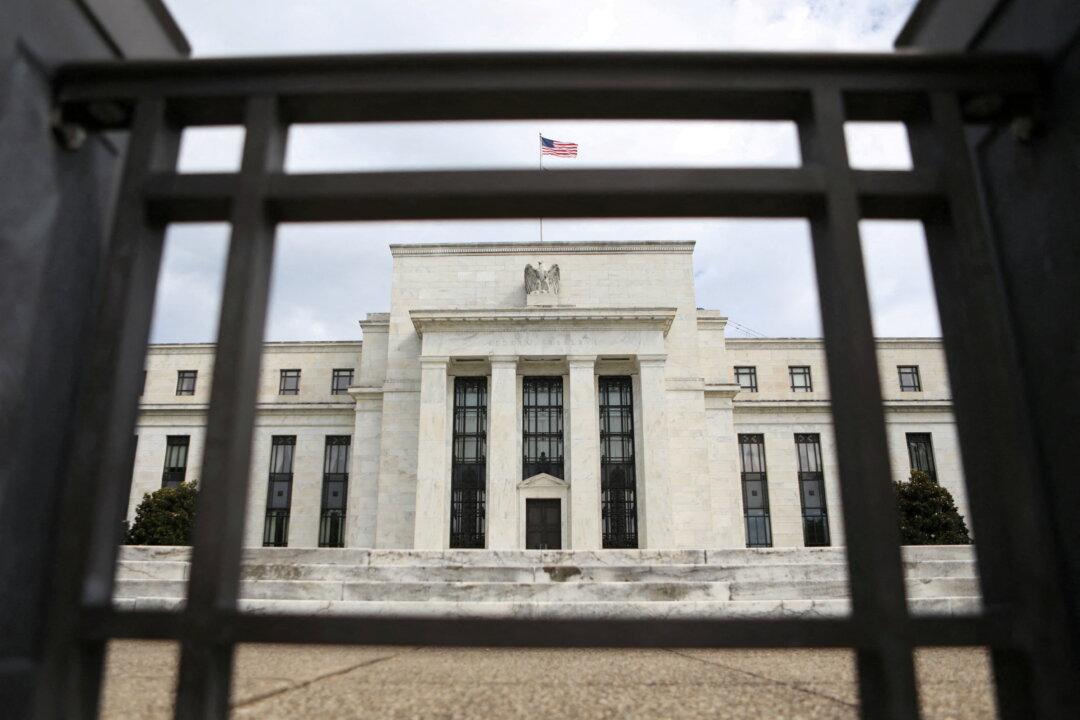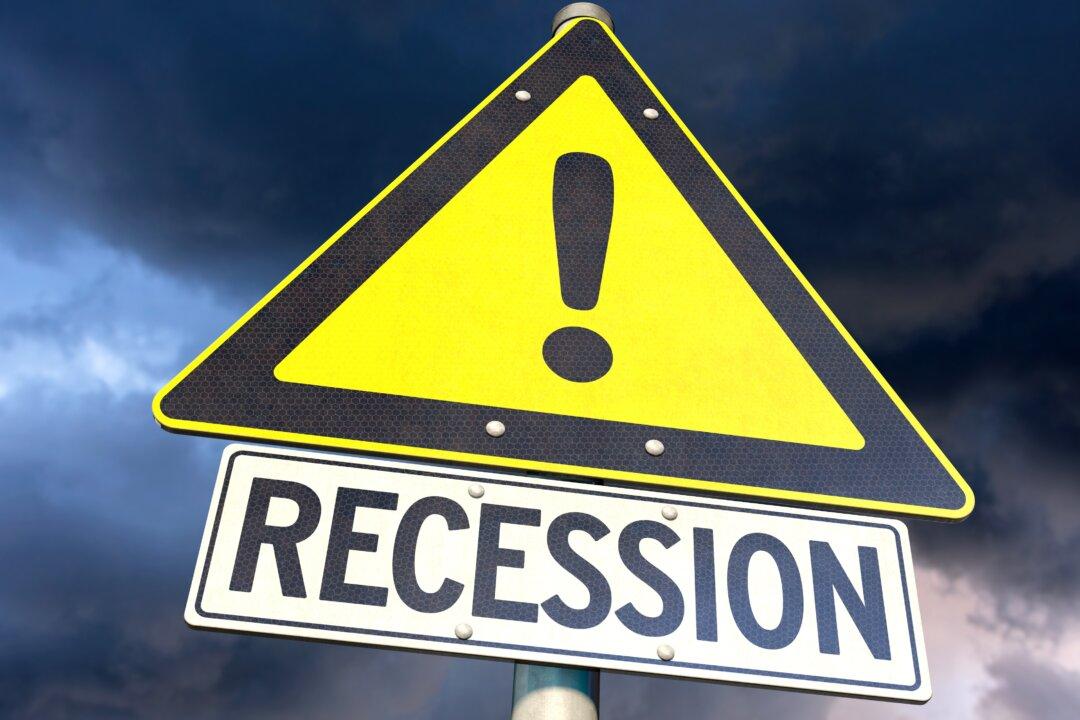Commentary
The shortened U.S. trading week restarted on the Fourth of July with an enormous bang. Not some leftover fireworks, but rather chaos, disorder, and serious illiquidity across global financials. Most of it was focused, tellingly, on commodities, those like copper and oil which have until recently “benefited” maybe the most (apart from aluminum or nickel) from favorable supply-side bottlenecks.





